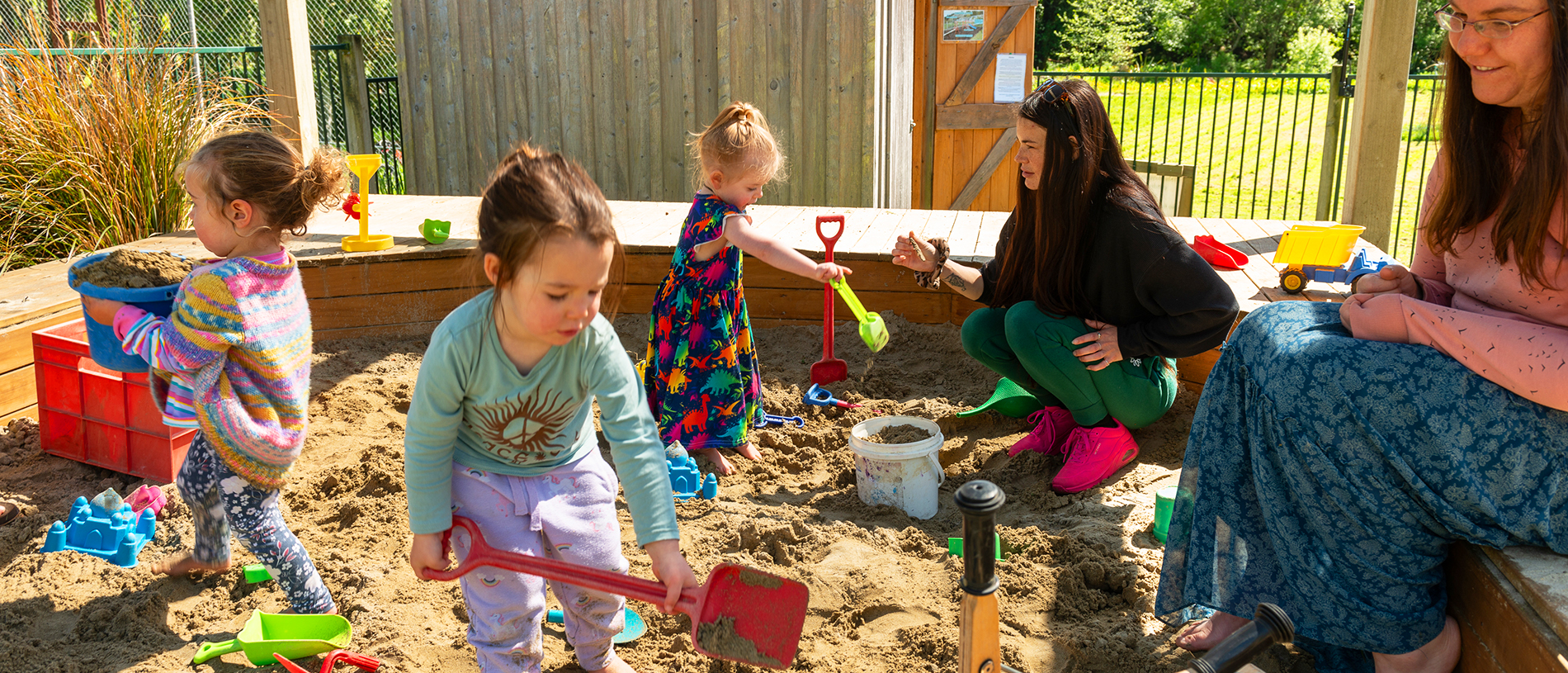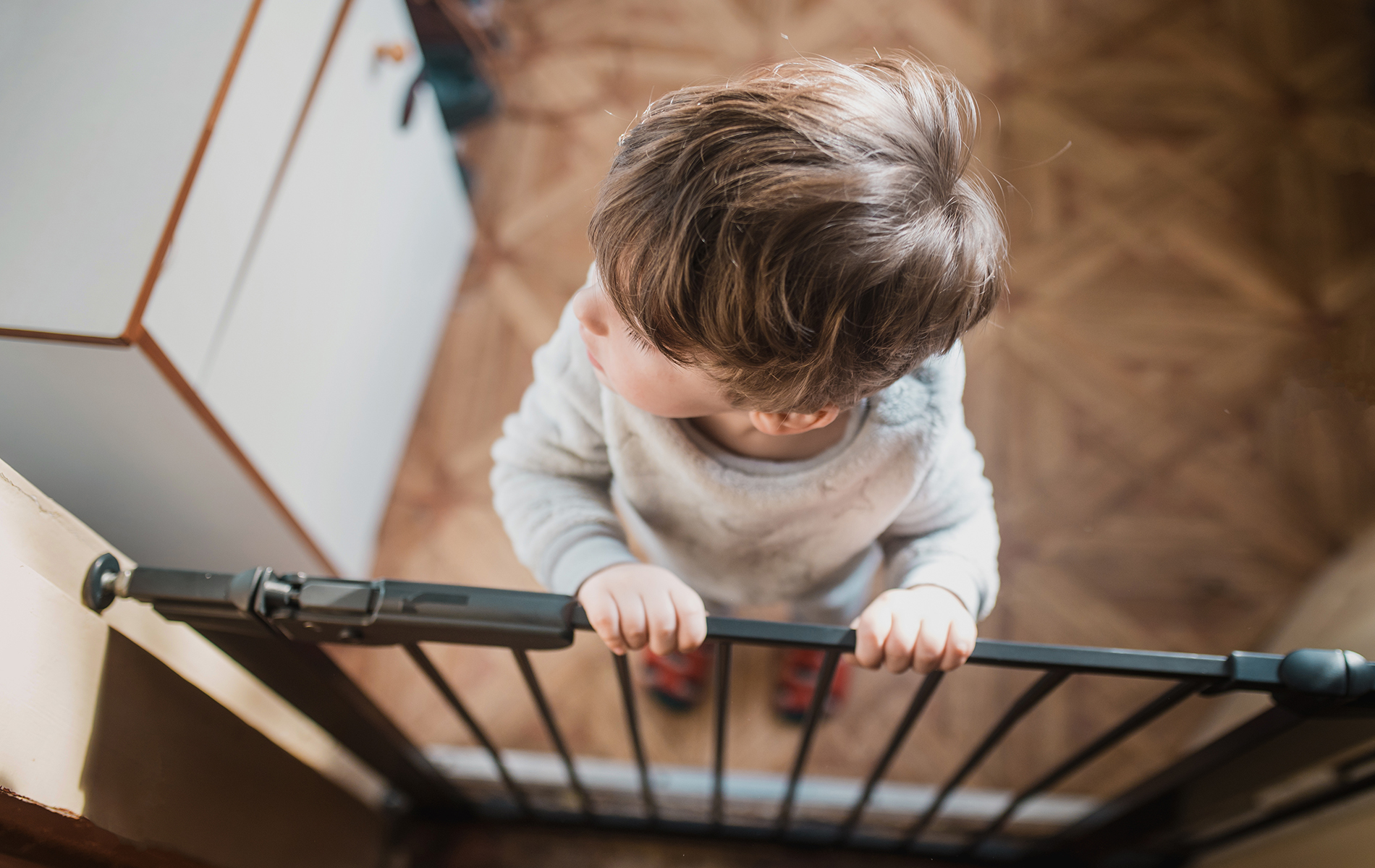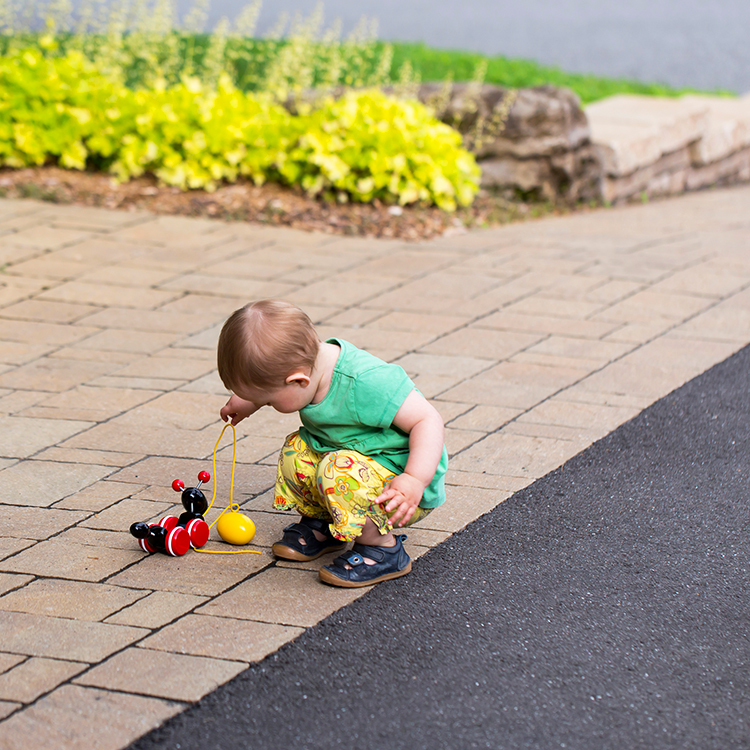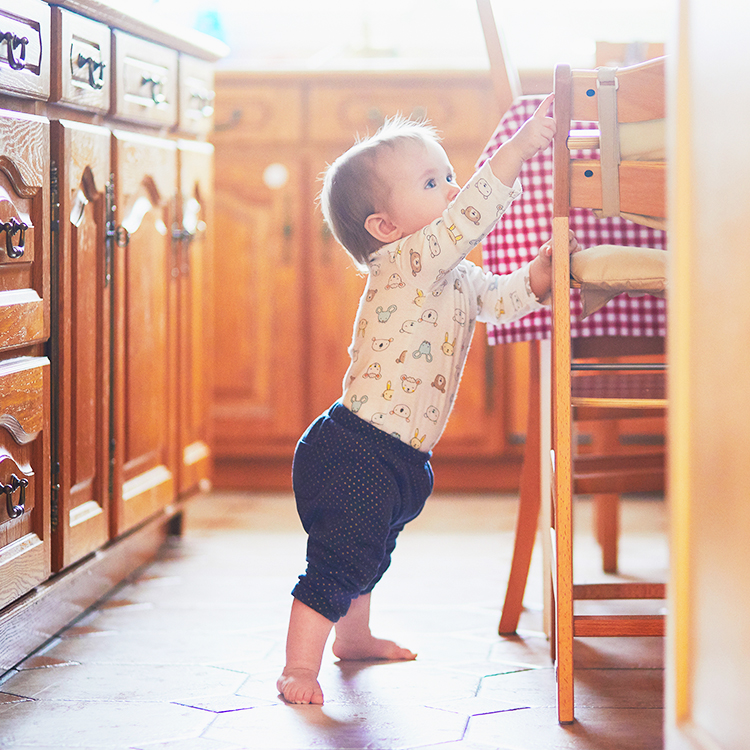
Blueskin Playcentre, Waitati
Pre-school play has strengthened community bonds in the small community of Waitati, Otago.

The home is the most common place for children to be unintentionally injured. 34% of hospitalisations (of children aged zero to 14 years) happen at home. They are mostly preventable and don’t strike randomly.
We are coming into a high-risk season, with Christmas and all the button-battery-loaded toys, cards and decorations that come with it. Button batteries are extremely powerful and can cause severe burns and tissue damage in as little as two hours if swallowed.
Spring and summer are also the danger months for driveway incidents, as children are outside more often and doors are left open. Most happen in a child’s own driveway, or a relative’s or neighbour’s. Tragically, in most cases, the driver of the car is someone the child knows, even possibly their parent. A driveway is not a safe place for children to play, so ensure that play areas are well away from driveways. Know where children are before you get in the car, and don’t rely only on reversing cameras and sensors. Check around the car and under it before driving off.

Younger tamariki aged up to four years old account for approximately 57% of hospitalisations from injuries that occur in the home, while one-year-olds are particularly at risk, accounting for the most hospitalisations (17%).
To help reduce injuries to child in the home, ACC partners with Safekids Aotearoa to deliver a Home Safety Programme including an app – Whare Kahikā – which helps whānau to check for hazards around the home.
Some of it may seem intuitive, like having working smoke alarms and a flat, uncluttered space for your little one to sleep. But because every age and stage brings a whole new set of challenges and potential risks – as does every room in every house – it’s sometimes difficult to know where to start.
Safekids Aotearoa Community Engagement and Education Advisor Lora Waqabitu describes the Whare Kahikā app as a room-by-room checklist:
“While minor slips and falls are a normal part of children’s development and are very common, a serious fall may result in traumatic brain injury or spinal injury that could affect a child for the rest of their life,” Lora says.

It’s important to store all medicines, chemicals and cleaning products in their original containers and lock them up in cupboards high and out of sight. Follow the dose instructions carefully when giving medicine to children. “It’s tempting to refer to medicines and vitamins as lollies, but this is confusing and potentially dangerous to a young child, and they may seek them out when you’re not looking,” Lora says.
Be mindful of other harmful products that may look like lollies to a child, like dishwasher tablets or those notorious button batteries.
“Children love to take things apart and put things in their mouths; this helps them learn about the world. Be aware of the everyday household items like remote controls, watches and digital thermometers as well as light-up decorations and gifts like toys, musical books and cards that contain button batteries,” Lora says.
“Children aged between one and two years are most at risk of injuries from button batteries and 62% of children hospitalised from this type of injury got the button battery directly from inside a product.”
There’s also plenty to consider at bath time, like ensuring you run cold water first, topping it up with warmer water, and emptying it as soon as possible. The same applies to paddling pools and buckets.

Children can drown quickly and silently in less than five centimetres of water, Lora explains. The common places children drown change with age. Babies and toddlers often drown in buckets and baths. Pre-schoolers are more likely to drown in home swimming pools, with 50% of home drownings being made up of one- to two-year-olds.
Swimming pools need to be fenced at 1.2m high on all sides and have a self-latching gate. “Only let children in, on and around water when you are free to always supervise them, without any distractions (including your phone),” Lora says. “And make sure trampolines are regularly inspected and maintained. Talk to your children about being safe on a trampoline and use the ‘one at a time’ rule.”
“Our home safety programme is not about wrapping tamariki in cotton wool; it’s about making sure that they’re able to grow, explore and play in a safe environment” Lora says.
Whānau Āwhina Plunket also shares valuable insight on child safety at home. Visit plunket.org.nz or call the 24/7 Plunket Line on 0800 933 922 to speak to a Plunket nurse about the health and wellbeing of children under five years-old. For older children, contact Health Line on 0800 611 116. In an emergency always call 111.
Story by Monica Tischler for the Summer 2023 issue of AA Directions Magazine. Monica is the Deputy Editor of AA Directions Magazine.